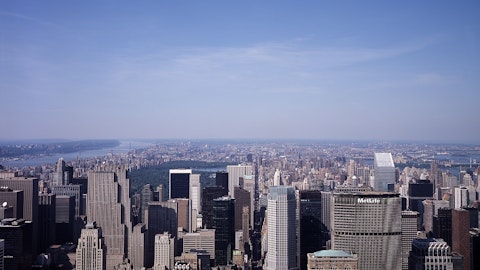Pollution is one of the biggest issues of modern society, often brought on by urbanization and industrialization. But which are the most polluted cities of them all? Every year, Mercer compiles its Health and Sanitation list, which ranks cities across the globe according to their level of cleanliness. The lower the score, the dirtier the city. Following, based on the latest statistics issued by Mercer, we would like to present you with a list we have compiled of the top 7 dirtiest cities in the world. Curious to learn which cities are having troubles managing their pollution levels? Let’s take a look at the countdown.
No. 7: Mumbai, India
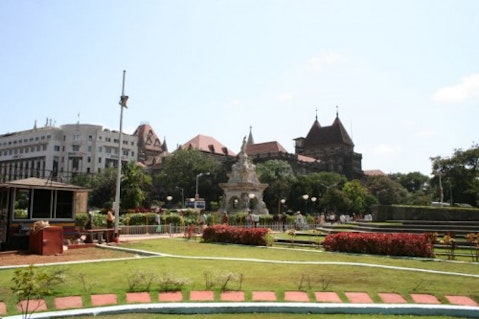
Health & sanitation index: 38.2
Over the past years, Mumbai has grown into the one of the biggest and most flourishing business centers on the Asian continent. Unfortunately, along with the rapid urbanization and industrialization, pollution and insalubrities levels in the area have also risen dramatically. Nonetheless, local officials are planning and coming up with pollution control strategies that might resolve the issue, at least to some extent.
No. 6: Addis Ababa, Ethiopia
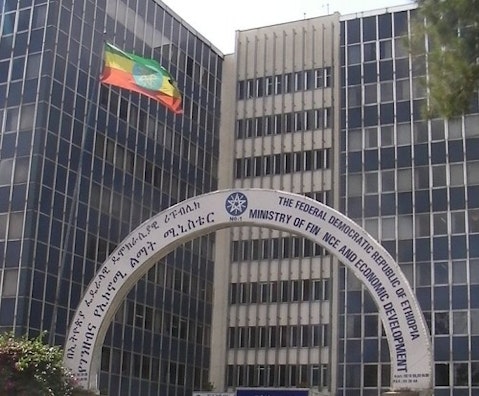
Health & sanitation index: 37.9
The Ethiopian capital faces one of the biggest pollution issues on the entire African continent. Addis Ababa’s insalubrities, and in particular the water pollution that leads to a high infant mortality rate and a high percentage of water-borne diseases, are largely caused by the complete lack of appropriate sanitation programs.
No. 5: Mexico City, Mexico
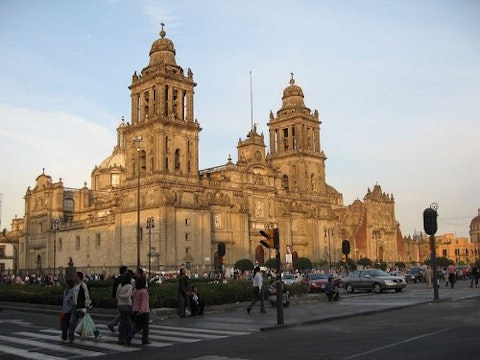
Health & sanitation index: 37.7
Mexico City’s struggle with air pollution have a geographical explanation – the area is completely locked in by mountains, which helps explain why smog always sits above the city. According to Mercer’s report, unhealthy ozone emissions occur almost all throughout the year, representing a big hazard to local residents.
No. 4: Port au Prince, Haiti

Public Domain Image: Public Domain
Health & sanitation index: 34
As the main business center in Haiti and the main port in the area, Port au Prince is dealt with serious pollution issues, mainly due to the lack of any controls enforced by the local government. In particular, air and water pollution levels have risen to alarming heights.
No. 3: Antananarivo, Madagascar
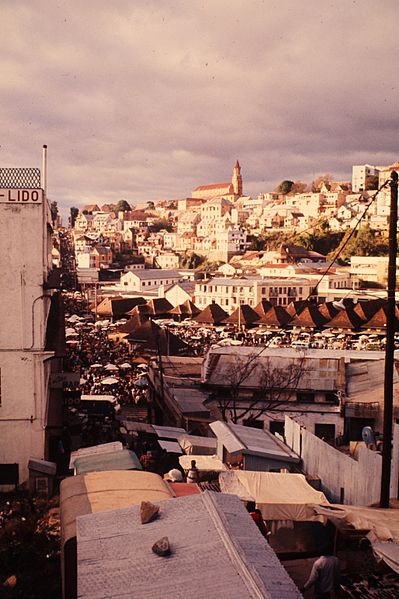
Health & sanitation index: 30.1
Despite being of the most diverse countries in terms of flora and fauna, Madagascar faces its series of pollution issues, especially in the capital city of Antananarivo. The rapid urbanization and industrialization of the area has led to high levels of air pollution, further enhanced by the massive deforestation. Water pollution has also become a problem in Antananarivo, largely due to emissions for the local industrial facilities.
No. 2: Dhaka, Bangladesh

Health & sanitation index: 29.6
With a population of over 15 million people, Dhaka is one crowded city. This might be one of the reasons why authorities are finding it hard to manage the local pollution levels. In particular, Bangladesh’s capital faces high and life-threatening levels of water pollution, mainly due to the use of commercial pesticides.
No. 1: Baku, Azerbaijan
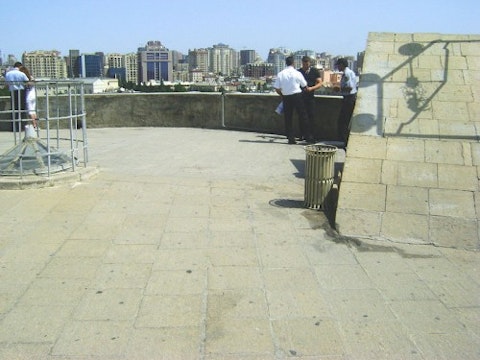
Public Domain Image: Public Domain
Health & sanitation index: 27.6
In terms of pollution, Azerbaijan’s capital, Baku, takes the cake. Due to intense oil drilling and shipping activity in the area, Baku faces alarming levels of air pollution. As Azerbaijan is still largely dependent on these maritime activities, it is highly unlikely that the situation will find any solution anytime soon. However, Azerbaijan officials are looking at enacting a taxation policy that will make oil companies pay additional taxes for their activities.

